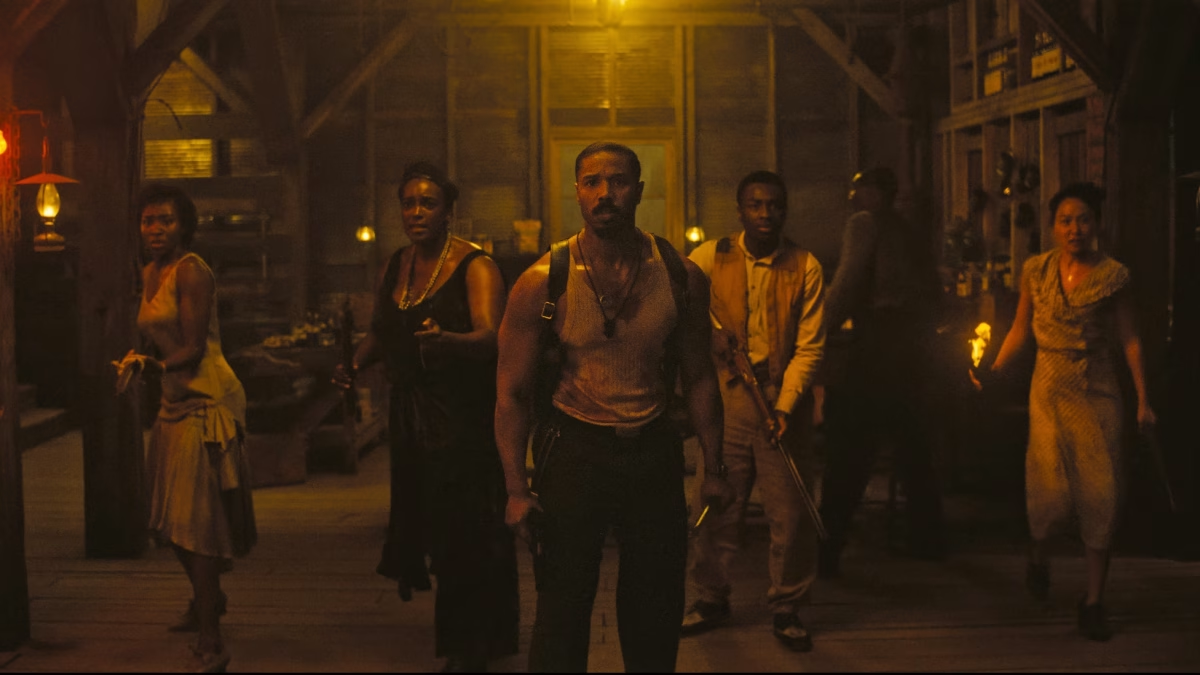Light spoilers for “Wicked” ahead
In a whirlwind of vibrant colors and exhilarating tunes, “Wicked” soared into theaters on Nov. 22, 2024. The film is a cinematic adaptation of the first act of the 2003 Broadway musical and 1995 novel, with the second act expected to be released in Nov. 2025. With an estimated budget of $150 million and a growing revenue of $262.4 million (North America) and $359.2 million (Global,) “Wicked” has certainly pulled all the stops to create a memorable experience for die-hard theater kids, cynical critics and casual moviegoers alike.
“Wicked” is the story of the verdant Elphaba Thropp (Cynthia Erivo) and her ultimate descent into infamy as the “Wicked Witch of the West.” This movie primarily explores Elphaba’s backstory and her experiences at Shiz University, where she meets the charming, yet callous, Glinda Upton (Ariana Grande), sparking a short-lived rivalry. It also follows the pair’s journey to the Emerald City to meet the Wizard of Oz. However light and daydreamy the story may sound, the messages it carries are quite deep — traditional fairytale themes of friendship and good versus evil are grounded in modernity with underlying issues such as racism, justice and oppression. In the beginning of the film, Glinda implores us to consider, “Are people born wicked, or do they have wickedness thrust upon them?” A valuable reminder to viewers that, even in a fairytale, not everything is black and white.
With a nearly three-hour-long runtime, “Wicked” is around twice as long as the first act of the stage musical. However, this lengthened time slot allows the viewers to get to know the characters and for Elphaba and Glinda’s rivalry to slowly soften into a friendship. Sprinkled in between the showstopping ensemble numbers are emotional and touching scenes — when Glinda realizes the cruelty she subjected Elphaba to and begins to reach out in an attempt to fix her mistakes, for instance. Elphaba’s experiences of being feared or ridiculed because of innate and unalterable differences may be relatable to many.
As a stage-to-screen adaptation, the movie is understandably longer than its theatrical predecessor to deepen and expand on characters. While many of the songs, such as “The Wizard and I” and “Popular,” are dazzling in their own right with Erivo’s and Grande’s incredible vocals, many of the larger musical numbers drag on. The 20-minute spectacle of “Defying Gravity” certainly defies attention spans, with the music crescendoing then pausing to make way for lengthy fight scenes that heighten the drama. Yet in doing so, the song leaves viewers wondering, “Is it over yet?” and causes Erivo’s final notes to come as more of a surprise than an epic resolution.
In addition to Erivo and Grande’s singing the two were also able to showcase their acting skills, proving them to be perfect fits for their respective roles. Grande was one of the most entertaining characters in the film, with impeccable comedic timing that helped her embody the ditzy Glinda, despite early skepticism that she could pull off the role. Meanwhile, Erivo brings vulnerability and depth into Elphaba’s character, letting Elphaba’s initial toughness that came with years of persecution slowly reveal the caring person inside. The two actresses had natural on-screen chemistry, playing off of each other.
As a consequence of Erivo and Grande’s stunning performances, many of the other actors failed to attract the spotlight. Jeff Goldblum’s portrayal of the Wizard of Oz was, frankly, forgettable, although he did the best he could with what was arguably the most dull song of the entire musical. Glinda’s posse, Pfannee and Shenshen (played by Bowen Yang and Brownwyn James, respectively,) were unnecessary and attempts at comedic effect mostly fell flat. Even Glinda and Elphaba’s shared love interest, Fiyero (Jonathan Bailey), becomes forgotten after they leave for the Emerald City.

The only aspects that may have outshined Erivo and Grande were the eye-catching set and costume designs that immediately drew viewers into the world of Oz. The gorgeous costumes are tailored to match every character’s personality; floaty pinks and bubble motifs capture Glinda’s effervescence, while Elphaba’s darker dresses stand out among the blues and greens of the ensemble, each of whose outfits hold their own unique quirks. Director Jon M. Chu highlights his attention to detail with his vibrant cinematography style, echoing the “Wizard of Oz,” from the sparkling, viridescent towers of the Emerald City to glimpses of the yellow brick road that pay homage to the aforementioned film. In contrast to the recent trend of pitch-black movies, beams of sunlight constantly stream through the numerous windows placed around the set, enveloping characters in halos of light and giving scenes an otherworldly feel.
From the opening arpeggios to the final riff, the attention to detail and care with which the movie was produced is apparent, setting “Wicked” apart. Staying faithful to the musical and the heart of the story while adding emotional depth that can’t come across on stage is what makes “Wicked” an adaptational masterpiece. So be it if the film drags on a bit too long — just a few moments in this masterfully crafted land of Oz will make viewers want to stay for good.
RATING: 4/5
















